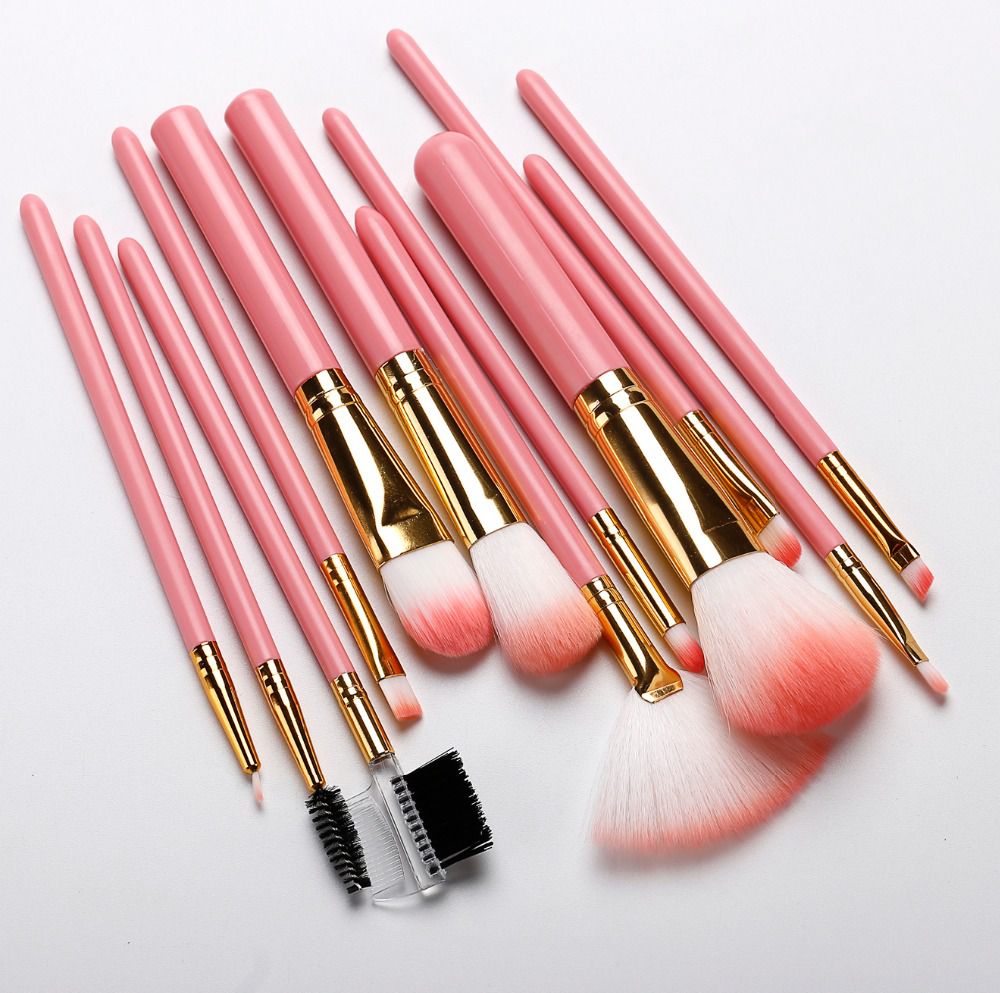Industry news
Bristle Dyeing Innovation: Low-Temperature, Water-Saving Processes for Vibrant, Fade-Resistant Colors
- 518 Views
- 2025-10-22 01:31:57
Bristle Dyeing Innovation: Low-Temperature, Water-Saving Processes for Vibrant, Fade-Resistant Colors
In the competitive world of cosmetic brush manufacturing, bristle quality—from softness to color vibrancy—directly impacts product appeal. Yet traditional bristle dyeing has long posed challenges: high energy consumption from elevated temperatures, excessive water usage straining sustainability goals, and inconsistent color fastness leading to customer complaints. Today, a breakthrough in bristle dyeing technology is changing the game: low-temperature, water-saving processes that deliver vivid, fade-resistant colors while aligning with the industry’s growing demand for eco-conscious production.
Traditional dyeing methods typically require heating water to 85–95°C to activate dyes, driving up energy costs and risking bristle damage from thermal stress. Concurrently, large volumes of water—often 20–30 liters per kilogram of bristle—are used, with wastewater treatment adding further operational burdens. Worse, rapid color fading under sunlight or repeated washing remains a痛点, as harsh dyes or uneven absorption compromise longevity.

The new innovation addresses these issues through two key advancements: reformulated dye chemistry and precision process engineering. By switching to low-temperature reactive dyes, which bond effectively at 55–65°C (a 30–40% reduction in temperature), the process slashes energy use. Meanwhile, a closed-loop water circulation system recycles 70% of dye bath water, cutting total water consumption by 45% compared to conventional methods. This not only reduces utility bills but also minimizes wastewater discharge, aligning with EU Ecolabel and LEED certification standards increasingly required by global beauty brands.
Beyond sustainability, the technology elevates color performance. The low-heat environment preserves bristle integrity, maintaining the softness critical for luxury cosmetic brushes. The reformulated dyes, designed for better fiber penetration, ensure uniform color distribution—eliminating patchiness—and enhanced adhesion. In third-party testing, dyed bristles showed 60% less fading after 50 wash cycles and 40% higher resistance to UV degradation compared to traditionally dyed counterparts, meeting the durability expectations of both brands and end-users.
For manufacturers, this innovation is a strategic win. Brands prioritizing ESG (Environmental, Social, Governance) metrics now have a tangible way to reduce their supply chain footprint, while cost savings from lower energy and water use improve profit margins. Early adopters report a 25% increase in repeat orders from eco-focused clients, highlighting the commercial viability of sustainable dyeing.
As the beauty industry shifts toward transparency and sustainability, low-temperature, water-saving bristle dyeing isn’t just a technical upgrade—it’s a market differentiator. By merging vibrant aesthetics with responsible production, manufacturers can meet the dual demands of quality and conscience, setting a new standard for bristle excellence.











